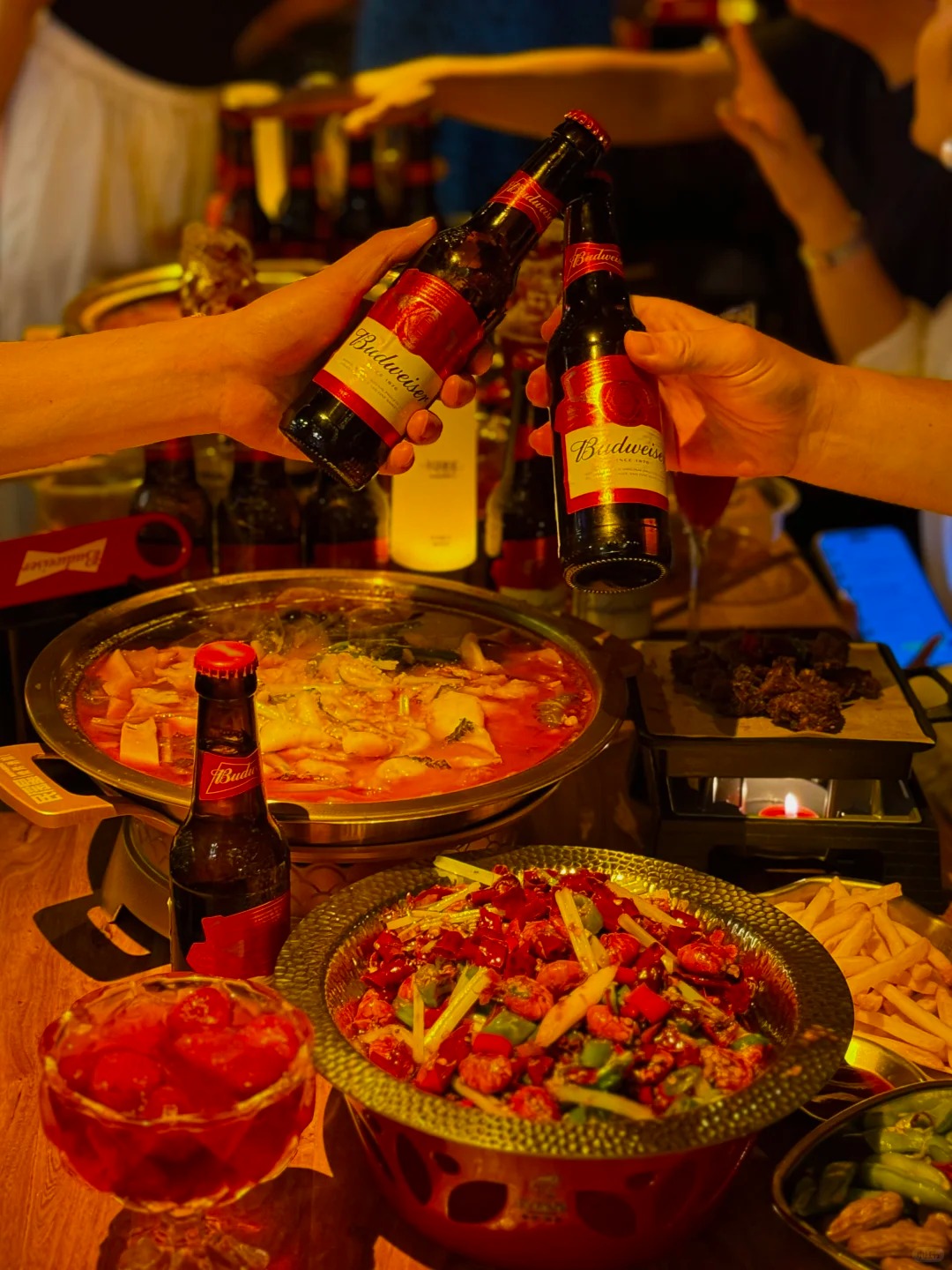In Shanghai, sleek glass towers brush the clouds and time-honored temples peek around the next corner. One glance at the Oriental Pearl Tower makes you feel like the future has landed on the river's edge. Stroll through the Old City and the air smells faintly of jasmine tea, a quiet reminder that history still gets its say in the middle of all that progress. Food stalls, art galleries, and late-night bookshops pop up in alleys you did not know existed. To help you chase down every sight and snack, this post lays out Shanghai's highlights and a handful of local secrets that most lists miss. Pack a good pair of shoes and an appetite for surprises; the city rearranges itself almost overnight and loves visitors who keep up.
Why is Shanghai a Must-Visit Destination in China?

What makes Shanghai unique among tourist destinations?
Shanghai differs from other places because of its rich history and modern activities. It is famous for a mixture of both ancient and current Chinese architecture. The Shanghai Tower is one of the tallest skyscrapers in the world. On the other hand, Yuyuan Garden is a classical site. The Bund waterfront is a must-see if you want to visit historical places, as it holds much cultural value from China’s past. You can also see the downtown part of the French Concession, which is filled with bright, dazzling lights, but also offers tree-lined boulevards, which are pretty peaceful.
It is known that Shanghai offers some of the best food in the world. It is famous for xiaolongbao or soup dumplings, which are loved worldwide. While indulging in Chinese cuisine, you can also find Michelin restaurants if you want something more classy. Shanghai also has one of the best public transportation systems in the world, including a rapidly expanding subway system and a Metro. The beauty of Shanghai is that you will find a blend of modern achievement, rich culture, and the convenience of visiting everything you want.
How does Shanghai compare with other cities in mainland China?
Compared to other cities in mainland China, Shanghai is arguably one of the most cosmopolitan and vibrant cities due to its pace of modernization and global impact. Unlike Beijing, which is deeply rooted in history and serves as a political bastion, Shanghai is a global center for business, commerce, and creativity. Its skyline is dominated by the beloved and internationally recognized Shanghai Tower and the Oriental Pearl Tower. The Shanghai Free Trade Zone serves as an epicenter for cutting-edge economic growth.
While Shenzhen is known as a rapidly growing tech-driven city, Shanghai is renowned for its collection of charming historic sites and modern achievements. Though viewed as a sanctuary for startups and tech giants, Shanghai is still a thriving port offering cultural appeal, as seen on The Bund and in the French Concession.
Shanghai's metro and public transport systems are among the best in the country, providing effortless movement within the city and with other regions. Shanghai stands out as a leader in China and a global player due to its unique position as a melting pot of cultures and its dedication to sustainability.
Which seasons are best for tourists to visit Shanghai?
From a tourist experience perspective, spring from March to May and autumn from September to November are particularly enjoyable. The weather during these times is mild and memorable, and outdoor activities are more fun. Spring ushers in mild temperatures from 50°F to 70°F and offers blooming flowers along with lush greenery in parks such as Century Park and Yuyuan Garden. Autumn brings equally comfortable temperatures from 60°F to 75°F and clear skies, which provide perfect conditions for walking the Bund and visiting the French Concession.
These two seasons give travelers a break from the extreme heat and humidity of summer, which during July and August can peak well over 90°F. They also include the colder months of December to February, when temperatures hover around 35°F. Furthermore, spring and autumn allow travelers to avoid the bustling tourist crowds of summer, making for a more relaxed experience in one of China’s most vibrant cities.
What are the Top Tourist Attractions in Shanghai?
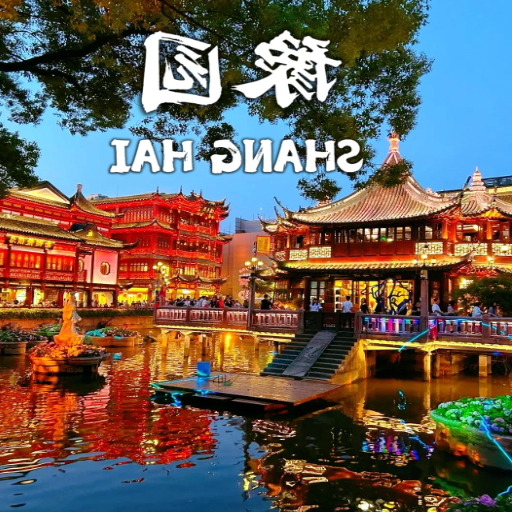
Why is the Bund considered a highlight for tourists visiting Shanghai?
The Bund is one of the places that is obligatory to visit in Shanghai because of what it offers. It runs for 1.5 km along the western bank of the Huangpu River. Visitors admire Shanghai’s historical complex and modern skyline as they further explore the city. It boasts a mixture of architectural styles such as Gothic, Baroque, and Art Deco, a mark of Shanghai’s past. Tourists do not miss the breathtaking views of the Pudong skyline, which features futuristic buildings like the Oriental Pearl Tower and Shanghai Tower. The Bund waterfront is popular with tourists as the Shanghai skyline view is even more stunning in the evening. That is when the city lights up and the riverbanks glow. In addition, the Bund has several restaurants, hotels, galleries, and cafes that serve delicious food. Shanghai is a city with abundant history and culture; the Bund represents all of them. That is why it is one of the most important tourist places to visit.
If you want to know more about The Bund, this detailed guide to Shanghai will give you some information
What can visitors expect at the Shanghai Pudong International Airport?
As one of the busiest airports in the world, Shanghai Pudong International Airport is equipped with the latest technology. Like most major airports around the world, it has modern terminals and a plethora of amenities. The airport is equipped with fast and easy check-in systems and a range of transportation options, like the Maglev and metro trains that go straight to the city center.
In addition to shopping, one can also dine at international and local brands, duty-free shops, and restaurants serving various cuisines, including authentic Chinese delicacies. Travelers can enjoy a global culinary journey even before boarding their flights. Solo travelers and those with children can also enjoy lounges and family-friendly spaces at the airport for easy relaxation. Shanghai Pudong International Airport is known for its focus on innovation and convenience and remains a global standard in aviation.
How can tourists enjoy the Shanghai skyline?
The breathtaking Shanghai skyline offers numerous ways to appreciate the city’s architecture and city life. A must-see is the Huangpu River waterfront known as The Bund. This historic promenade is adjacent to the modern skyscrapers of Lujiazui, including the Oriental Pearl Tower, Shanghai Tower, and Jin Mao Tower. Strolling on The Bund at night is simply magical as the illuminated buildings shine down on the river, creating a dazzling spectacle that epitomizes the energy and sophistication of Shanghai.
For those with a bit more time, tourists can visit observation decks in some of the world’s tallest buildings in the Lujiazui Financial District. The Shanghai Tower, the tallest building in China, has an observation deck at the 118th floor. From there, the level city view of Shanghai is breathtaking. The Jin Mao Tower and the Shanghai World Financial Center also have observation points, which, although at lower levels, provide striking skyline views, exposing visitors to the beauty of Shanghai’s combination of modern and historical architecture.
Of the many ways to enjoy the skyline, taking a cruise down the Huangpu River offers both day and night options. The cruises allow tourists to relax while enjoying the breathtaking city’s features. For those looking to enhance their experience, themed cruises with meals are available. Shanghai's skyline never fails to amaze travelers, whether from a river, a skyscraper, or the ground.
Want more ideas for your trip? This full Shanghai travel guide breaks down the best things to do in the city—from classic highlights to real local spots worth your time.
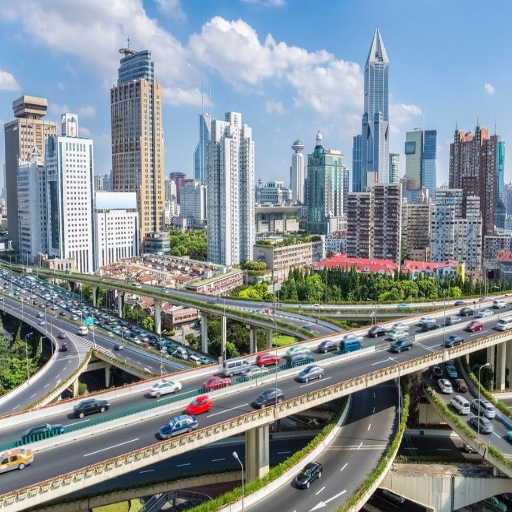
What are the best modes of transportation for foreign tourists?
With its advanced and efficient infrastructure, Shanghai is easy for foreign tourists to get around. Most people find the Shanghai Metro to be the most convenient option and prefer it over other options. The metro has a staggering 19 lines that cover over 800 kilometers, making it one of the world's most extensive metro systems. For international visitors, the English signage and announcements make the metro user-friendly. Tickets are reasonably priced, with fares ranging from 3 to 15 RMB depending on the travel distance, and can be purchased easily at automated machines or via mobile apps.
Buses are another cost-effective means of transportation; however, they do connect to areas not serviced by the metro. Due to their limited English information, they might be less convenient for non-Mandarin speakers. For short distances, taxis and ride-hailing services like Didi are practical options, even though some of the drivers speak only Mandarin. Having your destination written in Chinese can be very handy.
If you've been waiting for a magnificent experience, the Maglev train can get you to the airport and city center in less than 8 minutes. Moreover, they feature some of the most advanced technology, so you can be on the lookout for some breathtaking views while traveling at 430 km/h (267 mph). In addition, taking a stroll or cycling are some of the best means of engaging with the locals and visiting places like the French Concession. As for bikes, Mobike and HelloBike offer bike-sharing programs that can be accessed through apps, enabling effortless and eco-friendly travel.
For convenience, tourists are advised to obtain a Shanghai Public Transport Card (Jiaotong Card) for easier travel on different transport systems. These cards can be bought from metro stations and topped up as needed, eliminating the hassle of buying separate tickets. Through these transportation systems, foreign tourists can conveniently navigate and experience Shanghai's vivid and fast-paced city.
How does the Shanghai Maglev Train enhance travel?
The Shanghai Maglev Train is the fastest commercial train globally, renowned for its unmatched speed, comfort, and urban innovation. It covers the distance between Longyang Road Station and Shanghai Pudong International Airport in approximately 7-8 minutes. This unparalleled speed transforms urban travel, significantly benefiting tourists and business travelers.
The Maglev Train is known for its magnetic levitation technology, which replaces traditional wheels and minimizes friction to almost nothing. This helps attain high speeds while providing a smooth and quiet ride. Passengers enjoy comfortable seating and a clean interior. The train is also on time and dependable, making it easy to connect with other transport systems in Shanghai. The Maglev Train is one of the ways the city has demonstrated its world-class engineering and commitment to eco-friendly transportation, reinforcing Shanghai’s leadership in public transit.
What are the tips for using taxis in downtown Shanghai?
Using taxis in downtown Shanghai can be an efficient way to get around, but there are essential points to remember for a seamless experience. For one, prefer using official taxis, which you can easily spot by their brightly marked vehicles with taxi signs on the roof and driver badges. Do not accept rides from unofficial cars, as these might pose safety risks or not be priced reasonably.
Additionally, the taxi fares in Shanghai are calculated on a meter basis, which includes a basic fee for the first few kilometers and subsequent distance-based fees. It’s advisable to have cash in small bills and digital payment apps such as Alipay or WeChat, which are accepted everywhere. It’s also good to remember that traffic jams during peak hours in downtown will lengthen your travel time and increase costs, so you should plan ahead.
What Cultural Experiences Await in Shanghai?
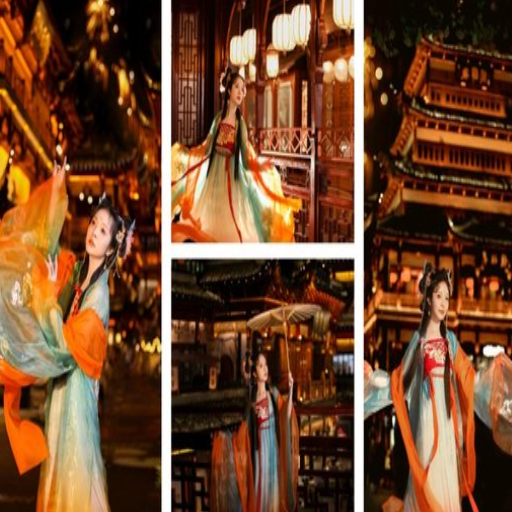
How do locals and tourists interact in this populous city?
Residents and visitors engage with each other meaningfully and share cultural experiences in the Shanghai metropolis. These interactions add to the global city’s character while enriching Shanghai’s locals. Since Shanghai is an international city, residents accept visitors with open arms, particularly in places like the French Concession and Nanjing Road, where business and hospitality meet. Street and shop vendors are eager to share their products and cultures. Younger people usually understand different languages and help bridge the cultural divide by directly interacting with foreign guests. Tourists, residents, and other Chinese people visit local areas such as Yu Garden and The Bund to enjoy cultural shows and relax. These interactions and relationships enrich the metropolitan spirit while maintaining the unique culture of Shanghai.
What role does People's Square play in Shanghai life?
Located at the center of Shanghai, People’s Square is unique for being both an administrative and a social and cultural center. The area's evolution from a horse racing track in the colonial days to a modern urban center showcases its historical importance. This area now houses some of the most essential structures of Shanghai, such as the Shanghai Museum, Shanghai Grand Theatre, and the Urban Planning Exhibition Center. These institutions serve as major tourist attractions while at the same time allowing the residents to explore their cities’ history and development.
Aside from its cultural importance, People’s Square acts as a green oasis in the heart of an ever-burgeoning city, providing the locals a considerable amount of space for relaxation and leisure. The large park has well-maintained gardens, many delightful walking paths, and peaceful ponds, which help provide a refuge from the city's fast-paced life. On any given day, you are likely to find locals doing tai chi, participants in group dances, or even the famous marriage market where parents offer hand-written profiles of their children’s bios to find potential candidates for them. This unusual activity revolves around the concept of matchmaking. It highlights the importance of People’s Square as a popular meeting location while showcasing the blend of modern life with ancient traditions in Shanghai.
Furthermore, People’s Square acts as a key transport hub as it integrates several metro lines in Shanghai, which makes it a critical access point for commuters traveling throughout the city. It is also strategically located to make it easy to arrange meetings for both work and leisure activities, bringing business and culture together. People’s Square serves as a stage for cultural expression, a green space for relaxation, and a hub for connectivity. This showcases the spirit of Shanghai and its status as a global metropolitan city.
Why is Nanjing Road a favorite among tourists?
As one of the most renowned shopping streets globally, Nanjing Road is a must-visit for every Shanghai tourist. Famous for its vibrant atmosphere, the road is over five kilometers long and has two sections: Nanjing Road East and Nanjing Road West. The eastern part of the road features a busy pedestrian street with large department stores, old-fashioned shops, and foreign outlets that sell everything you can think of. Nanjing Road West is known for its luxury boutiques, high-end hotels, and fine dining restaurants, which make it a sophisticated shopping area for international tourists.
Apart from shopping, Nanjing Road encompasses other activities, such as serving as a cultural window to Shanghai’s history and modernity. While walking along the street, tourists come across distinctively ancient buildings that stand next to modern ones, serving as a reminder of Shanghai’s blend of tradition and innovation. The area is also transformed into a spectacle at night when neon lights flood the street and create a lively atmosphere. Local restaurants and street entertainers significantly add to the experience, allowing tourists to fully engage with Shanghai's fast-paced urban culture.
Also contributing to its fame, Nanjing Road can be easily accessed from the Bund and People’s Square. It offers shopping, dining, and a chance to experience daily life in Shanghai. Because of public transportation, it is easy for travelers to visit all the attractions in the Shanghai area. Nanjing Road continues to serve its purpose as a popular attraction as it fulfills the visitors’ expectations of shopping, dining, and experiencing the hustle and bustle of the city.
What Should You Know Before Traveling to Shanghai?
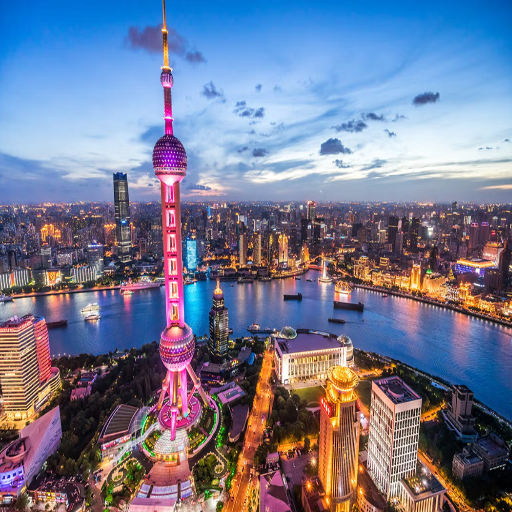
How does the Shanghai Forum serve as a resource for travelers?
The Shanghai Forum is a valuable tool for travelers as it provides information from experts and locals who have visited or are familiar with the city. The forum offers valuable resources to help travelers navigate the complex metro system and identify the best local restaurants. When planning my trip, I received tailored answers to my questions on cultural etiquette and must-see sites, which I found very helpful.
One of the forum's most valuable features is its integration of many topics. Participants discuss everything from locating the best street food to securing budget-friendly local hotel rates. Threads with updates regarding changes to tourist spots or transportation also add to the relevance of the information provided. Access to this information renewed my confidence and made me feel better prepared about my itinerary before arriving in Shanghai.
Moreover, having a community on the platform was comforting. Both travelers and expats are more than willing to discuss their experiences and share helpful insider tips often not included in guidebooks. Because the forum is highly interactive, I could easily address specific challenges I faced, such as finding hidden excursions or seasonal happenings. For those looking to travel to Shanghai, the Shanghai Forum is a must for anyone hoping to explore the city to its fullest.
What are the visa requirements for foreign tourists visiting Shanghai?
The visa restrictions for foreign tourists travelling to Shanghai greatly vary based on their passport and reason for travel. From my experience, many travelers qualify for the 144-hour visa-free transit for short trips for certain nationalities. This rule permits foreign tourists to remain in Shanghai and the adjoining provinces of Zhejiang and Jiangsu for six days, provided tickets to a 3rd country or region are booked. You must meet the requirements for this visa-free option, including proof of onward travel and other necessary documents.
If your nationality does not qualify for the 144-hour policy, you must apply for a tourist visa (L visa) beforehand. During my application, I needed to submit an invitation letter (if visiting friends or family), a flight itinerary, and hotel bookings. The application submission to your country's Chinese consulate or embassy is streamlined, though processing times can differ. To minimize any last-minute hassles, applying at least a month ahead of your travel date.
Moreover, I found out that some other nationalities also participate in different visa exemption programs—like the group visa option available for certain countries. As policies can change from time to time, and having all the necessary documents increases the chance of a smooth entry process, checking for the most updated policies is always a smart idea.
How do Chinese people contribute to the touristy vibe of the city?
Through their active engagement and participation, Chinese people play a significant role in enhancing the touristy feel of the city with their vibrant culture. From lively Chinatown quarters that feature authentic restaurants, teahouses, and traditional shops, to cultural celebrations like the Chinese New Year, their presence adds another layer of character to the city. These cultural centers appeal to the locals while also attracting tourists from all corners of the world who wish to experience a glimpse of China’s rich culture and heritage beyond its borders.
In addition to the cultural aspects, Chinese tourists also contribute to energizing the city's tourism ecosystem. Their love for travel continues to promote visiting essential sites, museums, and shopping centers, further energizing the economy and the atmosphere. This community is equally enriched by their responsive services, such as Mandarin-speaking guides, tailored amenities, and Mandarin-speaking staff offered in many cities. The balance between engaging in modern tourism and preserving traditions actively enhances the city’s charm to all.
Frequently Asked Questions (FAQs)
Q: Is there heavy tourism in Shanghai?
A: Yes, Shanghai is a major Chinese and globally visited city. It receives millions of tourists yearly because of its cultural attractions, modern business skyline, and tourism sector.
Q: What are some of the most popular attractions in Shanghai?
A: Shanghai's key attractions are the Bund with the Huangpu River, Oriental Pearl Tower, the ancient Jing'an Temple, the busy district of Lujiazui, and the calm Yuyuan Garden. They seamlessly blend modern city planning and Chinese history.
Q: How does the French Concession contribute to Shanghai's tourist appeal?
A: The French concession is an alluring part of Shanghai, with its wide avenues lined with trees, colonial-style buildings, and an active coffee industry. It showcases the more cultured side of the city and remains popular among tourists and expatriates.
Q: What role does Shanghai play in China's tourism industry?
A: As a global city, Shanghai is a crucial hub in the People’s Republic of China’s tourism industry. It acts as a gateway to the other parts of the world and has numerous star hotels, cultural places, and fine dining establishments.
Q: Are there any notable parks in Shanghai?
A: Shanghai Wild Animal Park and Century Park are notable parks in Shanghai. These green spaces allow people to escape from the busy city center and are famous among families and nature lovers.
Q: How accessible is Shanghai for international travelers?
A: Shanghai is easily accessible for international travelers. Two major international airports are Shanghai Hongqiao International Airport and Shanghai Pudong International Airport. In addition, public transport within the city is very well developed, making it easy to travel around.
Q: What makes the Bund a must-visit destination in Shanghai?
A: The Bund is a must-visit destination in Shanghai because of its historical importance and breathtaking views of the contemporary skyscrapers. A stroll along the Bund provides a glimpse of the ever-changing skyline, which is often a visitor highlight.
Q: Why is the Jade Buddha Temple important as a landmark in Shanghai?
A: The Jade Buddha Temple is important to the people of Shanghai because it has beautiful Buddha sculptures. It serves as a window to the city's serene part and offers an escape from the metropolitan rage.
Q: In what ways is Shanghai different from other Chinese cities in terms of tourism?
A: Other Chinese cities would find it harder to compete with Shanghai, because it is the third biggest city in China, with its unique mix of historic and new attractions, and its role as a driver in international tourism.
Q: What makes Shanghai stand out among other destinations in South China?
A: Shanghai is popular among tourists as one of the leading destinations in South China due to its cultural landmarks and global city status. Tourists can visit Shanghai whether they are interested in China’s rich history, modern skyscrapers, or fine food.
